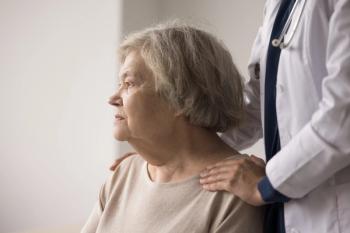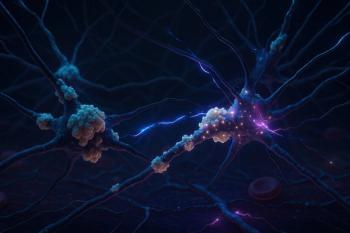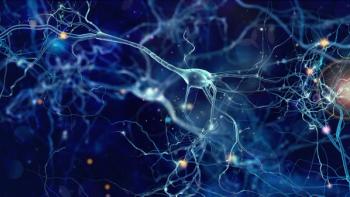
Vagus Nerve Stimulation in Treatment Resistant Depression: New Lines of Thinking

Key Takeaways
- Vagus nerve stimulation (VNS) offers an alternative for treatment-resistant major depressive disorder, enhancing neurotransmitter activity and neuroplasticity.
- A study demonstrated VNS's superior 5-year response and remission rates compared to standard care, highlighting its efficacy.
Vagus nerve stimulation offers a promising solution for treatment-resistant depression, showcasing significant long-term efficacy and durability in patients.
CONFERENCE REPORTER
Up to 35% of patients with major depressive disorder (MDD) do not respond to less than or equal to 4 treatment trials. This high global disease burden necessitates alternative neuromodulation treatment options, shared Todd Broder, MD, at the 2025 Southern Florida Psychiatry Conference. He suggests vagus nerve stimulation (VNS).
VNS is an implantable pulse generator placed in the chest, with a lead that wraps around the left cervical vagus nerve. It provides afferent modulation of limbic circuits, enhances neurotransmitters, and facilitates neuroplasticity with potential anti-inflammatory effects.1,2
"If we can harness this and send impulses up the nerve, we can impact various circuitry in the brain," said Broder.
In a 5-year, prospective, open-label, nonrandomized observational study, VNS demonstrated a significantly higher 5-year cumulative response rate (67.6% vs 40.9%) and a significantly higher remission rate (43.3% vs 25.7%) compared with standard of care.3
"Durability is a big problem in psychiatry. Is it a big deal if patients get well if we don't keep them well?" asked Broder. "I think VNS's claim to fame is its durability."
The most common adverse effect include surgical risks (especially infection), changes in voice, and hoarseness. Some patients can develop chronic cough, noted Broder, but he believes adverse effects are often more related to the implantation surgery than to the treatment itself.
The implantation process, as described by Broder, looks like this:
- Titration protocol post implantation: The initial stimulation takes place 2-3 weeks after surgery to allow the incision to heal.
- Ramp-up begins: Increase the current by 0.25 mA/week, while monitoring for adverse effects. Most patients will reach 1.5-2.25 mA as their maintenance dose.
- Individualization: If the patient starts to demonstrate vocal cord sensitivity or sleep apnea, the current may need to be lowered or have a longer off time.
- Magnet mode: Some patients may benefit from on-demand stimulation if experiencing acute distress.
An audience member asked if there were any instances in which an VNS device required replacement. Broder shared that there are rare instances when the device malfunctions and must be replaced, sometimes related to battery life, but he believes these are rare.
VNS is also more available than people think, said Broder, as it is covered by insurance. "We just don't talk about it enough," he said.
"VNS is invasive but shows significant long-term durability data and efficacy in treatment-resistant depression," concluded Broder.
References
1. Dorr AE, Debonnel G.
2. Kamel LY, Xiong W, Gott BM, et al.
3. Aaronson ST, Sears P, Ruvuna F, et al.
Newsletter
Receive trusted psychiatric news, expert analysis, and clinical insights — subscribe today to support your practice and your patients.














